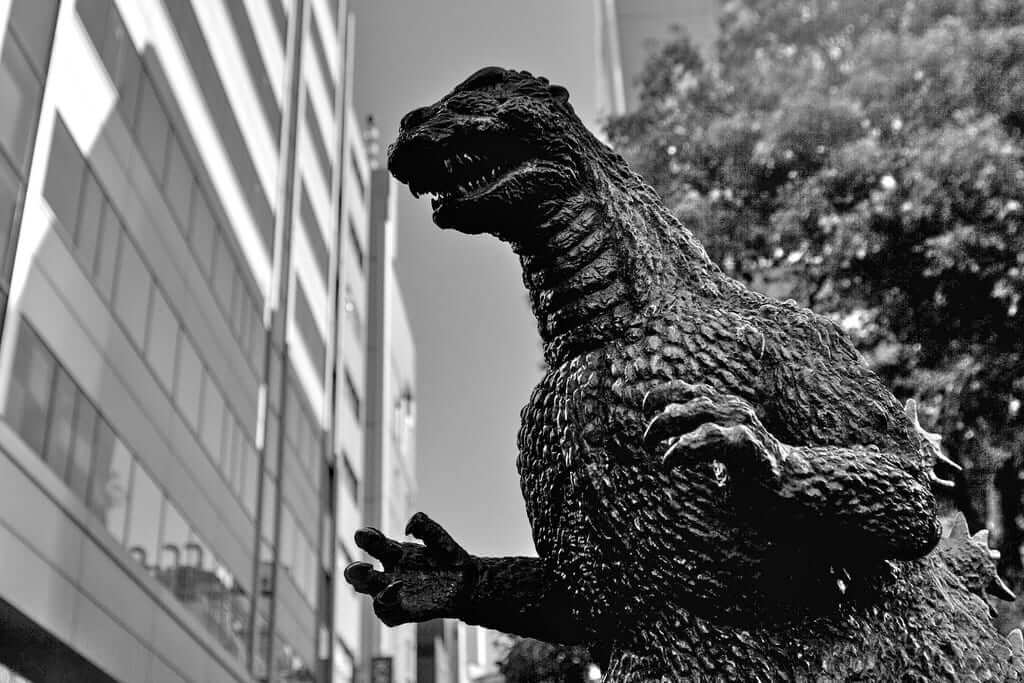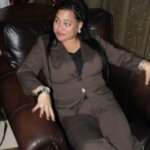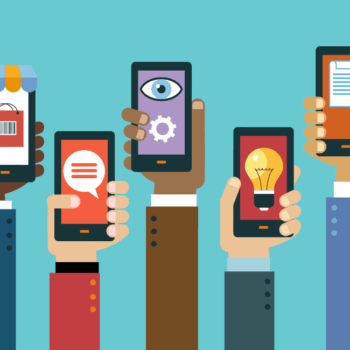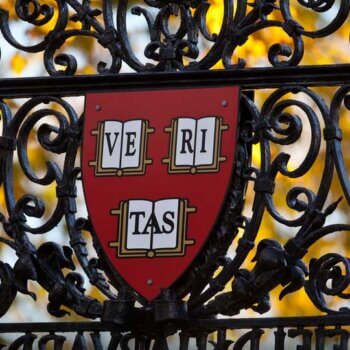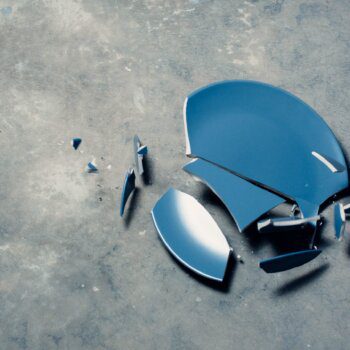World War II can be considered one of the most influential moments in Japan’s history. Ever since Japan surrendered and a new constitution was written, with Article 9 saying that the country will been stripped of any formal military power to promote peace, the Japanese government vowed that “never again shall we be visited with the horrors of war” (“Constitution”). This ideal has quickly permeated much of Japan’s culture and radically changed how the world views Japan today. Both Godzilla and Hello Kitty were created from this apocalypse not to symbolize revenge against their conquerors, but to symbolize world peace through Japan’s own victimization.
Godzilla was one of the first pop culture icons to achieve this. The original Godzilla movie first released in 1954, only nine years after the end of World War II, and forced many survivors to re-experience the war with its many scenes of destruction. Yet Godzilla’s background story had a very strong message against nuclear weapons. As the original director Tanaka Tomoyuki asks, “What if a dinosaur . . . had been awakened and transformed into a giant by the Bomb? What if it attacked Tokyo?”. The original film makes it clear that the atomic bombs are to blame for the needless destruction. From the very beginning, Godzilla is not just a metaphor for anti-nuclear themes, but also anti-war themes as well, something that the rest of the world still struggles to strive for.
So why did Godzilla still become a popular icon around the world, including the United States? A historical reason is that Godzilla actually “resonated with legends—both Japanese and Western—stretching back through millennia of civilization”. Many cultures have a fascination for all things that are more powerful than humans, usually manifested as being much bigger than us. Even America during the 1950s and 1960s had an obsession with all things big, and Godzilla is so popular today that it is now a metaphor for anything that should be feared. But monsters are not the only things that can be big and feared; the same goes for wars as well, massive in scale and cause untold destruction.
An unfortunate side effect to Godzilla’s popularity in the states is that Godzilla’s story has been remade numerous times in order to appeal to American audiences, even if it meant taking away what Godzilla originally stood for. This message is apparent even in the first American Godzilla remake of the original film in 1956, where any anti-nuclear themes found in the original were cut out, turning a political horror film into mindless entertainment devoid of any seriousness or moral value. This kind of censorship shows that spreading a message of global peace will certainly not be easy.
It can also be argued that Godzilla is not the only character to exist as a result of World War II. Twenty years after the original Godzilla movie was released, the company Sanrio founded Hello Kitty, a character that, unlike Godzilla, embodies the power of “cute” (kawaii) culture but would also overtake much of the world by storm. Hello Kitty is also an example of Japan’s “soft power,” using one’s culture as a basis for one’s economy as opposed to military “hard power.” Moreover, with the multitude of Hello Kitty merchandise in the world, it is no wonder that Sanrio’s founder, Tsuji Shintarou, said that Hello Kitty “was supposed to be the Japanese cat that would overtake the American mouse,” Mickey, and for good reason. Hello Kitty’s subtle facial expressions symbolize Japan’s expression for world peace. Her lack of a mouth may signify that she does not communicate through one particular language, but rather through her heart and emotions, showing that that anyone around the world can communicate and understand each other.
Like Godzilla, however, the use of Hello Kitty for peace has not reached every aspect of global society yet. Since 2007, delinquent police officers in Thailand are forced to wear Hello Kitty armbands as a mark of shame; to them, soft power is a weakness and a threat to their masculinity. While soft power can often be associated with femininity (and hard power by masculinity), Japan, as a matter of fact, is in many ways “remasculinizing,” or growing up from a war-torn past as a “little boy” through this same “soft” power. We must consider any amount of power, soft or hard, as an indication of responsibility rather than masculinity. The real irony here is that a government with a culture as seemingly childlike as Japan’s produces more mature citizens than that which does not want to take responsibility for its own actions and its “masculine” culture.
Today, it is evident that the promotion of peace in Japan extends far beyond Godzilla and Hello Kitty. Many other notable characters (e.g., Astro Boy / Atom), while they may not have the merchandising power of Hello Kitty, have dealt with themes that link back to the war in some ways. Nevertheless, these two influential characters form much of what the world thinks about Japan and their message of world peace. So it is no wonder that Hello Kitty was made Ambassador to Asia in 2008. While war and oppression may not go away and remain a part of human conflict in the foreseeable future, countries like Japan are now trying to make peace with other countries as our world is slowly changing as a global society and culture.
_____________________
About the Author
This article was produced by The Liberal Otaku, an insightful blog dedicated to Japanese culture and entertainment. see more.
